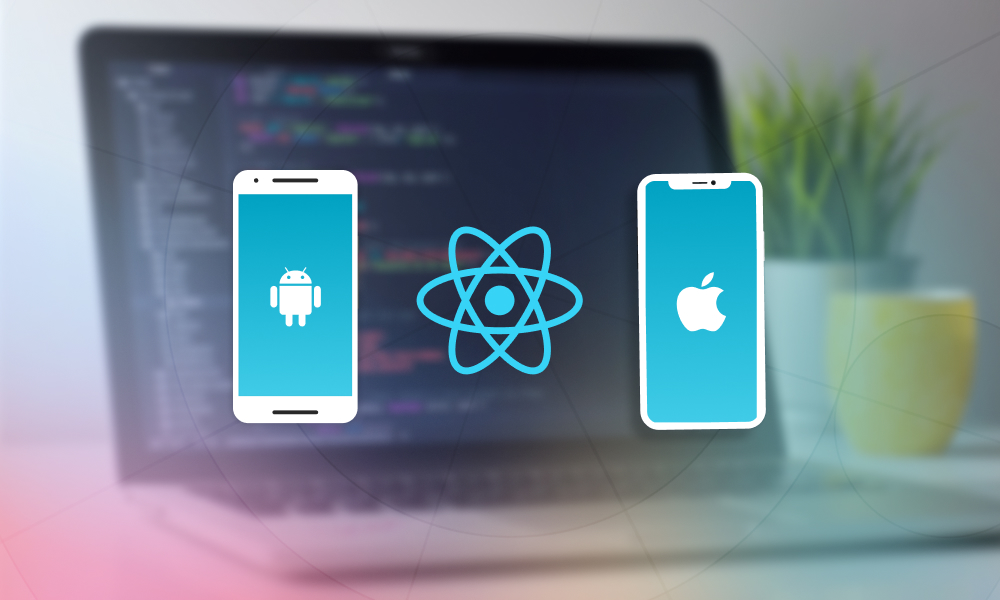Both developers and organizations play critical roles in the ever-changing field of mobile app development. Hybrid app development, which combines the flexibility of online technologies with native features, is gaining popularity. As we are in the year 2023, several significant themes are changing the hybrid app development landscape. This article analyzes the most influential trends to monitor, from the rise of Progressive Web Apps (PWAs) to the incorporation of Augmented Reality (AR) and the embracing of low-code solutions, ensuring that developers remain at the forefront of technological advancement in this dynamic industry.
Growing Trends to Watch in 2023
In the world of hybrid app development, the year 2023 promises a slew of exciting trends that will transform the way developers create and users interact with mobile applications. These trends should be closely monitored since they have the potential to revolutionize hybrid app development:
Rise of Progressive Web Apps (PWAs)
Progressive Web Apps (PWAs) are anticipated to alter hybrid app development by 2023. PWAs allow offline access, quick loading, and seamless cross-platform interoperability. Major corporations are embracing PWAs, realizing their potential to improve user experiences while lowering development costs. This trend emphasizes the increasing importance of web technologies in hybrid app development, guaranteeing that users may enjoy feature-rich applications independent of device or network availability.
Cross-Platform Frameworks Dominance
Cross-platform frameworks are set to dominate the hybrid app development industry by 2023. These frameworks, such as Flutter, React Native, and Xamarin, enables your hybrid app development company to design applications that run flawlessly on both the iOS and Android platforms. Cross-platform frameworks save time and money due to their shared codebase and quick development process. They are the ideal choice for organizations looking to expand their app reach without sacrificing quality or user experience. Their growing popularity emphasizes their critical role in defining the future of mobile app development.
Embracing Augmented Reality (AR)
Businesses and developers are enthusiastically embracing Augmented Reality (AR) as a critical component in hybrid app development in 2023. AR technology improves user engagement by superimposing digital information on the physical world, allowing for a variety of immersive experiences. AR is broadening the possibilities of hybrid apps, from interactive marketing campaigns to instructional tools and gaming applications. Its integration offers users dynamic and compelling interactions, promising to reshape how we interact with mobile applications in the coming years.
Enhanced Security Measures
In the ever-changing digital ecosystem of 2023, improved security measures are a top priority for hybrid app development. Businesses are prioritizing robust security solutions as cyber-attacks become more sophisticated. The adoption of modern encryption techniques, real-time threat detection systems, and multifactor authentication are all part of this. It is crucial to remain watchful against data breaches and privacy violations. As technology advances, so must security practices, ensuring that hybrid apps continue to be a safe and trustworthy option for users in an increasingly linked world.
Role of AI and Machine Learning
The importance of AI and ML in hybrid app development is critical in 2023. These technologies enable developers to create smarter, more personalized applications. AI-powered features such as recommendation systems and predictive analytics improve user experiences. Machine learning algorithms can improve app speed, automate operations, and deliver data-driven insights. AI and ML are driving factors behind the creation of hybrid apps, enabling them to adapt and respond to unique user preferences and needs, from chatbots offering customer assistance to picture recognition increasing functions.
Growing Importance of Low-Code Development
In 2023, the increased importance of low-code development will reshape the mobile app development industry. Low-code platforms enable developers to create apps with minimal manual coding, greatly speeding up the development process. This trend is especially advantageous for mobile application maintenance services, as it allows them to make quick updates and changes without requiring considerable development work. As low-code solutions become more complex, organizations can speed app development, decrease costs, and meet changing user demands more easily, making it an essential component of current app development strategies.
Conclusion
To sum up, 2023 promises to be an interesting year for hybrid app development. Progressive Web Apps (PWAs), cross-platform framework domination, Augmented Reality (AR) integration, and the growing relevance of low-code development are all likely to change the business. Improved security, AI and ML integration, user-centric design, accessibility, and inclusivity will all help to improve app quality. By remaining aware of these trends, developers may create more inventive and user-friendly applications, assuring their long-term success in the fast-paced field of hybrid app development.










